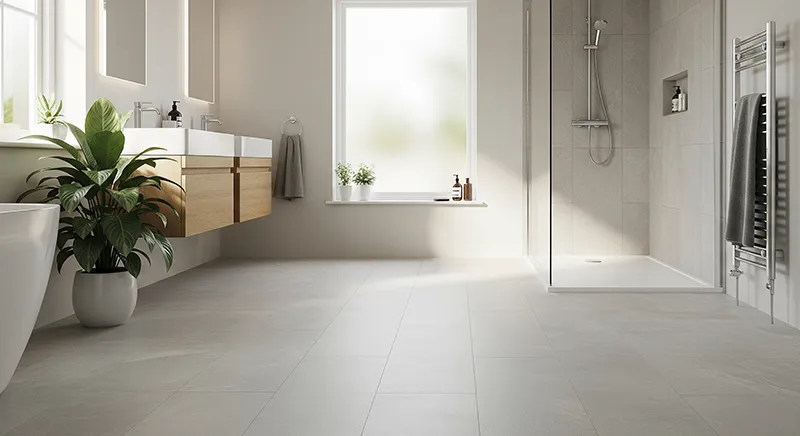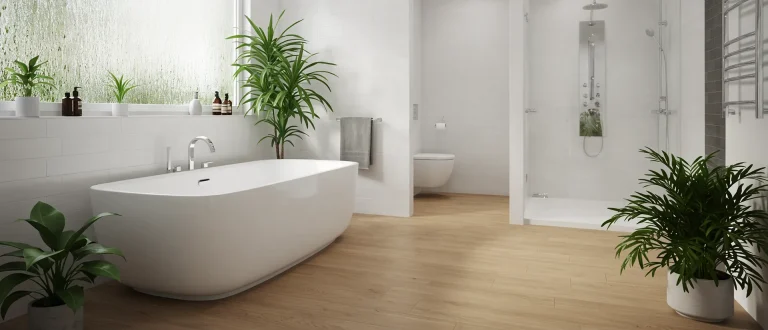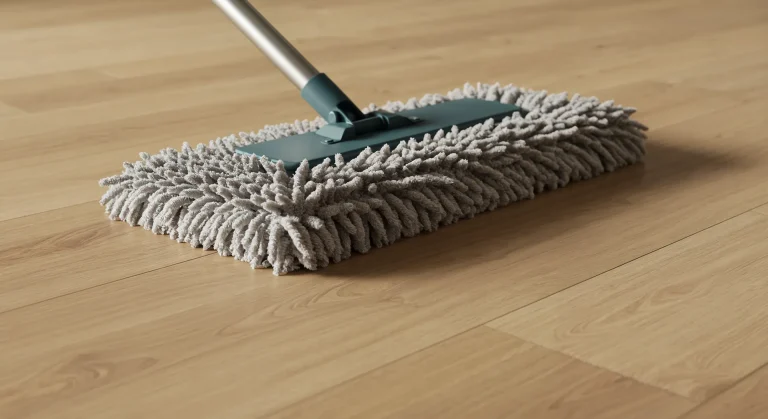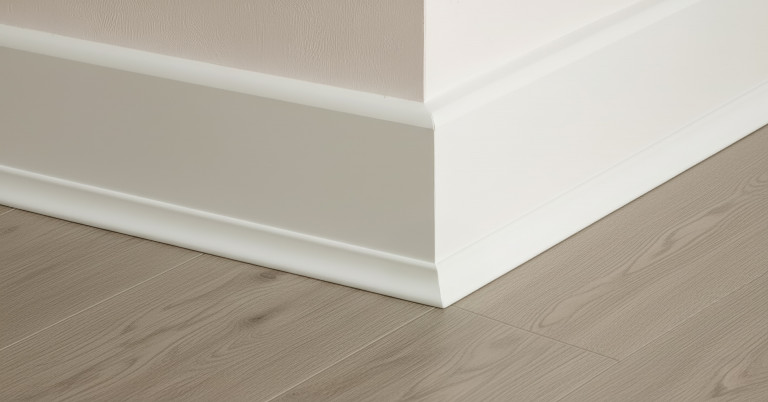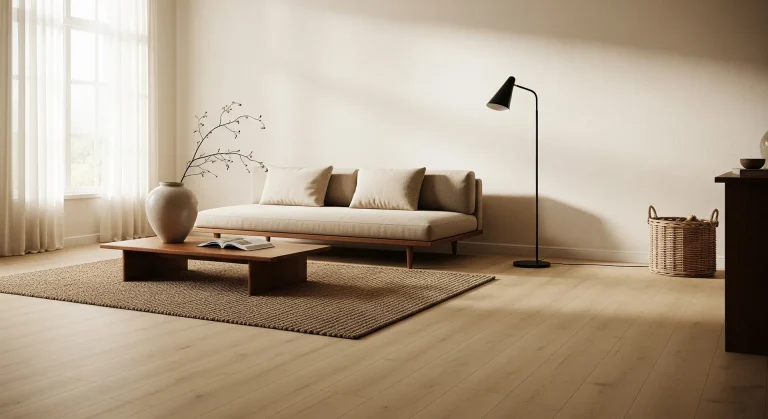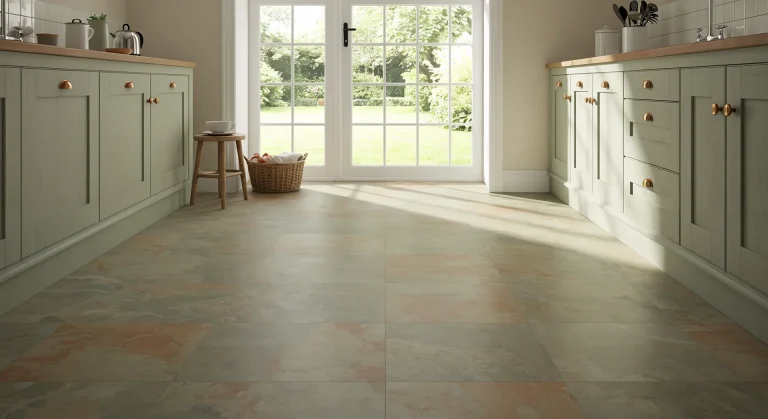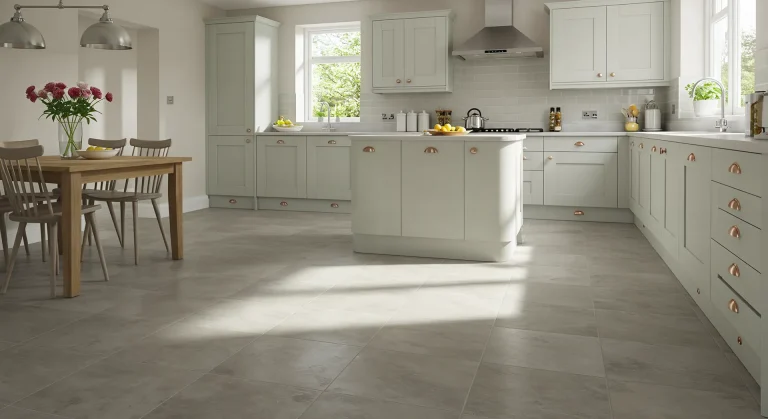The bathroom is a unique and demanding environment. It’s a space that needs to be a relaxing sanctuary while withstanding daily exposure to water, steam, and humidity. The foundation of this room, both functionally and aesthetically, is the bathroom flooring. Choosing the right material is one of the most critical decisions in any bathroom renovation or build, directly impacting the room’s safety, longevity, and overall style.
With so many options available, from classic tiles to modern vinyl, it can be difficult to know which is truly best. This definitive UK guide for 2025 is designed to cut through the noise. We will provide a comprehensive overview of the most suitable materials for bathroom flooring, breaking down their properties, comparing their pros and cons, and offering the essential knowledge you need to make a confident and informed choice for your home.
Jump to Section:
- The Uncompromising Demands of Bathroom Flooring
- A Detailed Guide to the Best Bathroom Flooring Materials
- Key Practical Considerations for Your Bathroom Flooring
- Installation: The Critical Step for a Watertight Finish
- A 2025 UK Cost Guide for Bathroom Flooring
- Making Your Final Bathroom Flooring Decision
The Uncompromising Demands of Bathroom Flooring
Unlike flooring in any other room, bathroom flooring must perform under a unique set of challenging conditions. Before considering aesthetics, any material you choose must meet these non-negotiable criteria:
- Waterproof Performance: This is the absolute priority. The floor must be completely impervious to water. Materials that are merely “water-resistant” are not suitable for the constant splashes and high humidity levels of a bathroom, as moisture can eventually penetrate and cause catastrophic damage to the subfloor.
- High Slip Resistance: Safety is paramount. A wet, soapy floor is a significant hazard. The best materials offer textured surfaces or have a certified slip-resistance rating (an R-rating of R10 or higher is a great standard for UK domestic bathrooms).
- Durability: The floor needs to be tough enough to withstand dropped toiletries, foot traffic, and frequent cleaning with bathroom-safe products without scratching, chipping, or staining.
- Hygiene and Ease of Cleaning: A non-porous surface is essential to prevent the growth of mould and mildew and to allow for easy, thorough cleaning.
A Detailed Guide to the Best Bathroom Flooring Materials
Here we break down the top material choices that meet the strict demands of a UK bathroom environment.
Luxury Vinyl Tile (LVT)
Luxury Vinyl Tile (and its plank counterpart, LVP) has become a dominant force in the bathroom flooring market, and for good reason. It offers a superb balance of performance and style.
- What it is: A multi-layered, high-performance vinyl product available in individual tiles or planks. Modern LVT, especially with a rigid SPC (Stone Plastic Composite) core, is 100% waterproof, highly durable, and dimensionally stable.
- Pros: It’s completely waterproof, warmer and softer underfoot than tiles, and exceptionally easy to clean. The design possibilities are vast, with stunningly realistic wood and stone effects.
- Cons: The quality varies significantly between brands, and the subfloor must be very smooth and level for a perfect finish.
Porcelain & Ceramic Tiles
The classic and traditional choice, tiles offer unmatched durability and a clean, premium aesthetic.
- What it is: Fired clay tiles that are extremely hard and non-porous on their surface. Porcelain is fired at a higher temperature and is denser and less porous than ceramic, making it the superior choice for a bathroom.
- Pros: The surface is completely waterproof, incredibly hard-wearing, and very easy to keep hygienic. Tiles are the perfect partner for underfloor heating as they conduct heat brilliantly.
- Cons: Tiles can be cold and hard underfoot without underfloor heating. The grout lines, a potential weak point for moisture and dirt, require high-quality waterproof and mould-resistant grout and occasional maintenance.
Sheet Vinyl
Often referred to as cushion floor, modern sheet vinyl is a practical and budget-friendly solution.
- What it is: A flexible, cushioned flooring supplied in wide rolls (typically 2m, 3m, or 4m in the UK).
- Pros: It provides a waterproof surface that can often be installed in smaller UK bathrooms with no seams at all, creating a perfect barrier against water. It’s soft, warm, and one of the most affordable bathroom flooring options.
- Cons: It is generally less durable than LVT and can be more susceptible to dents or tears from sharp objects. The quality of the design and wear layer can vary significantly.
Natural Stone
For a truly luxurious, high-end finish, natural stone offers unique beauty.
- What it is: Tiles cut from natural materials like slate, marble, travertine, or limestone.
- Pros: Every tile is unique, creating a floor with incredible character and depth. It’s extremely durable and works fantastically with underfloor heating.
- Cons: This is a premium, expensive option. Most natural stone is porous and must be professionally sealed upon installation and periodically resealed to protect it from staining and water damage.
Key Practical Considerations for Your Bathroom Flooring
Beyond the core material, think about these factors:
- Underfloor Heating (UFH): A popular luxury in UK bathrooms. It transforms the comfort level of naturally cold materials like tile and stone. Most LVT and sheet vinyl ranges are also fully compatible. Always check that your chosen flooring, adhesive, and any underlay are certified for use with your UFH system.
- Small Bathrooms: In a compact UK bathroom, your flooring choice can create an illusion of space. Using large format tiles or planks results in fewer grout lines or joints, which makes the floor look less busy and the room feel bigger.
- Style & Trends: For 2025, natural looks remain a strong trend. Think realistic wood-effect LVT for a spa-like feel, or large-format stone or concrete-effect tiles for a minimalist aesthetic. Patterned floors, like those mimicking Victorian encaustic tiles, are also hugely popular for adding personality.
Installation: The Critical Step for a Watertight Finish
Even the best waterproof bathroom flooring can fail if it’s not installed correctly. The goal is to create a fully sealed, “tanked” system.
- Subfloor Preparation: This is the most important stage. The subfloor must be clean, dry, stable, and perfectly level. Old, uneven floorboards in UK homes often need to be overboarded with moisture-resistant plywood to create a suitable base.
- Professional Fitting: While some flooring is DIY-friendly, the intricate cuts around toilets, basins, and pipework, along with the need for a perfect seal, mean professional installation is often a wise investment for a bathroom.
- Perimeter Sealing: This step is non-negotiable. After the floor is laid, the entire perimeter of the room and the base of all fixtures (toilet, bath, shower tray) must be sealed with a high-quality, mould-resistant silicone sealant. This creates the final barrier that prevents water from getting underneath and causing hidden damage.
A 2025 UK Cost Guide for Bathroom Flooring
When budgeting, remember to account for materials, subfloor preparation, and professional installation.
Material Costs (per m² approx.):
- Sheet Vinyl: £15 – £35+
- LVT/LVP: £25 – £60+
- Porcelain/Ceramic Tiles: £25 – £70+
Installation Costs:
Professional fitting for a bathroom in the UK can vary significantly based on the room’s complexity and the amount of subfloor preparation required. A day rate for a fitter can be anywhere from £200 – £350+. Tiling is generally more labour-intensive and therefore more expensive to fit than vinyl.
Making Your Final Bathroom Flooring Decision
Choosing your bathroom flooring is a significant decision that impacts the daily use and long-term value of your home. The best choice will always be a material that is 100% waterproof, safe underfoot, and easy to maintain. For most UK homeowners in 2025, Luxury Vinyl Tile (LVT) and Porcelain Tiles offer the most reliable and stylish solutions, providing peace of mind in the wettest room of the house. By prioritising these high-performance materials and ensuring a meticulous, professional installation with perfect sealing, you can confidently create a bathroom that is a beautiful, functional, and worry-free sanctuary for years to come.

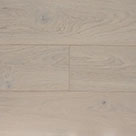 Light
Light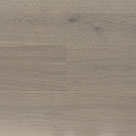 Grey
Grey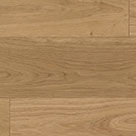 Natural
Natural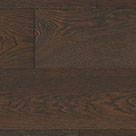 Dark
Dark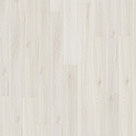 White
White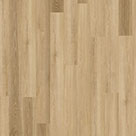 Light
Light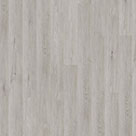 Grey
Grey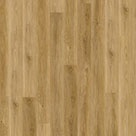 Natural
Natural Dark
Dark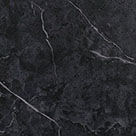 Black
Black
